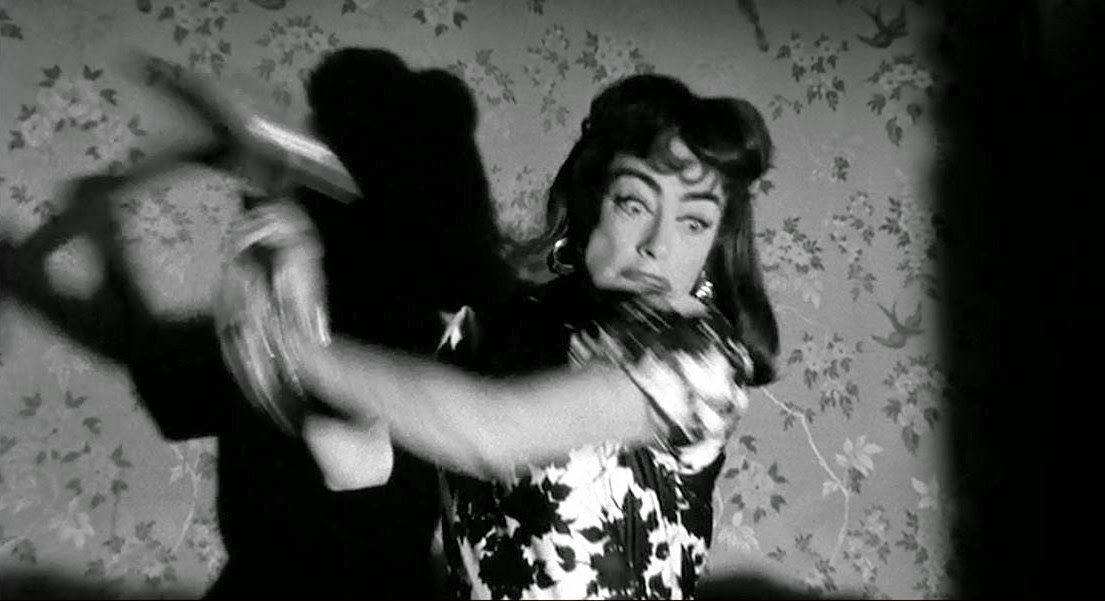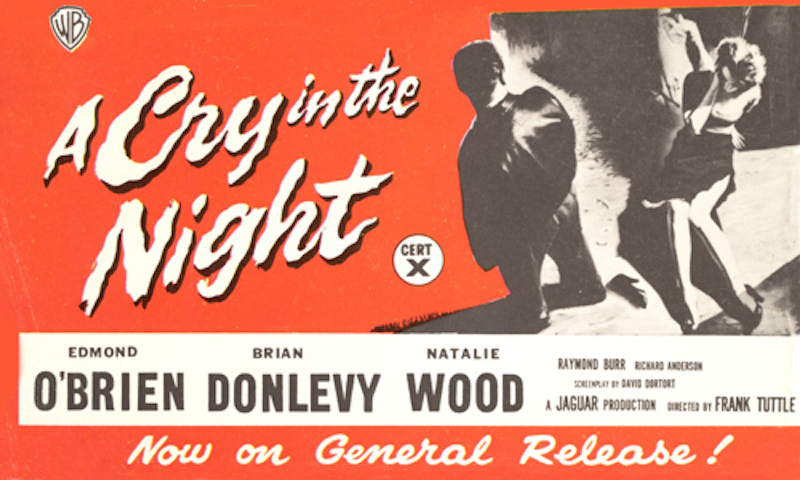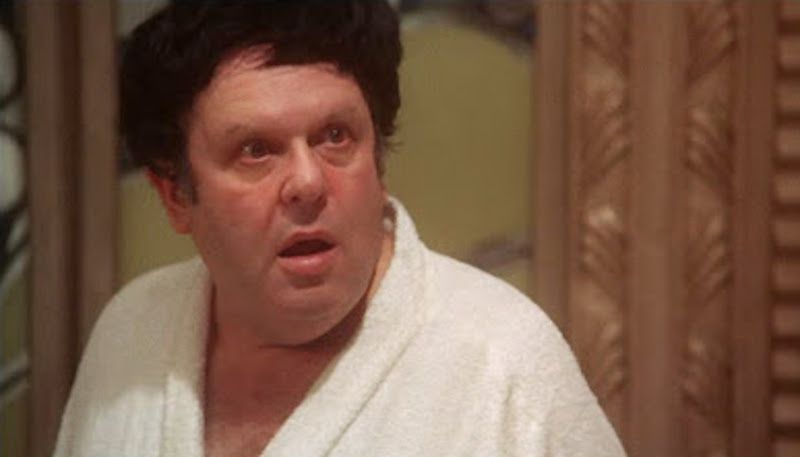“… this is probably the granddaddy of all product placement movies, far more egregious than even Joan Crawford’s conspicuous scattering of Pepsi bottles in Strait Jacket …”
Month: August 2019
Movie Night: Sweet Charity
“The songs and dances, Shirley MacLaine and Cita Rivera, et al, were great; it’s just the stuff in between that is less than satisfying.”
Movie Night: Strait Jacket
“The bonuses here are George Kennedy as a farmhand foreshadowing by 22 years Billy Bob Thornton in 1996’s Swing Blade (“I like them French fried potaters.”), all the Pepsi placement, and Lee Majors in pre-Six Million Dollar Man mode, along with his very hairy chest, fluffily rising and falling just before the axe falls.”
Movie Night: A Cry in the Night
“Whatever the novelty of seeing goodie two-shoes Perry Mason as a Peeping Tom/Kidnapper, it’s Carol Veazie who is the standout.”
Movie Night: The Ritz
“Regardless of whether you saw it then as scandalous that such perversions were being exhibited in public theaters or whether you see it now as being stereotypical, offensive and overly focused on white, male, straight actors and queer panics and Italian stereotypes, to wit … offensive!! … there is much to actually be loved here.”






